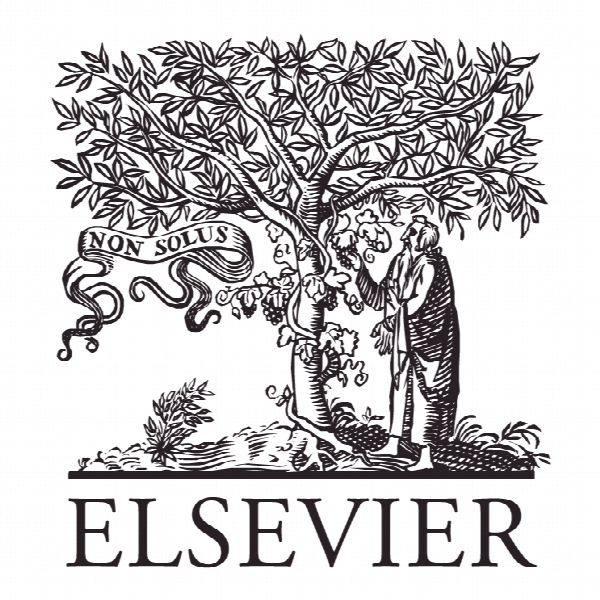الکترومیوگرافی در اسب: فناوری مفید چیست؟ Electromyography in the Horse: A Useful Technology?
- نوع فایل : کتاب
- زبان : انگلیسی
- ناشر : Elsevier
- چاپ و سال / کشور: 2018
توضیحات
رشته های مرتبط مهندسی پزشکی
گرایش های مرتبط بیوالکتریک
مجله علوم دامپزشکی اسب – Journal of Equine Veterinary Science
دانشگاه Performance in Equestrian Sports Group – Hartpury University Centre – UK
شناسه دیجیتال – doi http://dx.doi.org/10.1016/j.jevs.2017.02.005
منتشر شده در نشریه الزویر
کلمات کلیدی انگلیسی electromyography; equine; indwelling EMG; surface EMG; equine muscle
گرایش های مرتبط بیوالکتریک
مجله علوم دامپزشکی اسب – Journal of Equine Veterinary Science
دانشگاه Performance in Equestrian Sports Group – Hartpury University Centre – UK
شناسه دیجیتال – doi http://dx.doi.org/10.1016/j.jevs.2017.02.005
منتشر شده در نشریه الزویر
کلمات کلیدی انگلیسی electromyography; equine; indwelling EMG; surface EMG; equine muscle
Description
1.0 What is EMG? Electromyography is the study of motor unit action potentials (MUAPs) associated with muscle activity during movement [1]. Muscle fibres are stimulated to contract by action potentials triggering depolarisation and polarisation within individual muscle fibres of the muscle [2,3] creating electromagnetic fields which can be measured by EMG [4]. The recorded EMG signal represents the sum myoelectrical activity for a defined event in the muscle for the pick-up zone (recorded data) of the electrode used [4]. EMG electrodes have a defined pickup zone (Figure 1) which will depend upon the source of the signal and the distance from the source of the current to the electrode [5] as well as the system utilised [6,7]. Features commonly analysed within human and equine EMG research include muscle recruitment, duration of activity and activity levels [8, 9 and 10] (Figure 2). There are two methods of EMG: indwelling EMG, subdivided into fine-wire and concentric or fine needle EMG, where electrodes are inserted into muscles of interest, and surface EMG (sEMG) where electrodes are applied to the extracellular skin surface above muscles of interest [6]. The choice of EMG method and electrode should depend on the research objectives of individual studies [11]. All techniques can fundamentally record the same muscle performance parameters, however indwelling electrodes record signals from >5cm depth, dependent on length of electrode and how deep it is inserted into the muscle, whilst the signals surface systems pick up tend to be limited to ≤5cm depth. Both surface and indwelling techniques have been used in the horse, for example: Takahashi et al. [12]: finewire, Wijnberg et al. [13]: needle EMG, and Robert et al. [14]: surface EMG. sEMG may possess an advantage in locomotor equine research over fine-wire and needle EMG, as sEMG electrodes have the ability to sample more motor units (MU) per electrode, making them better suited providing a representation of total activity within the large muscles of the horse.


